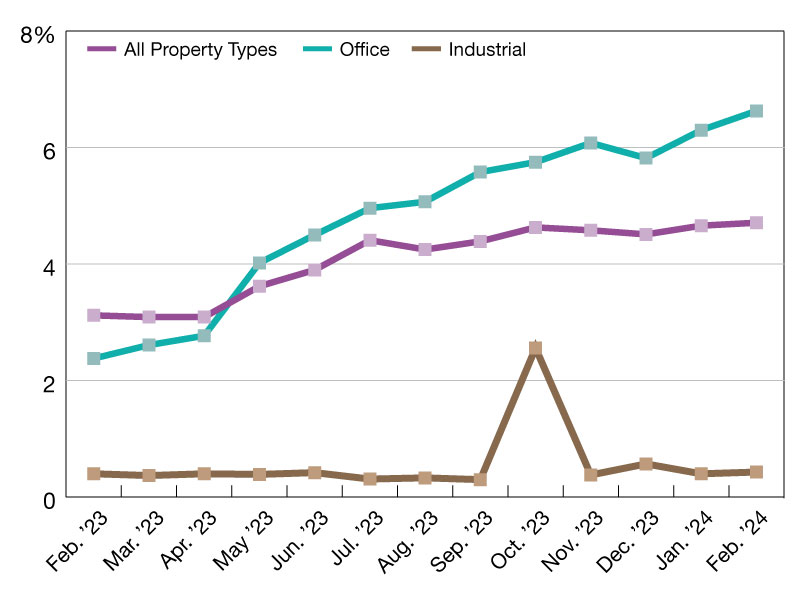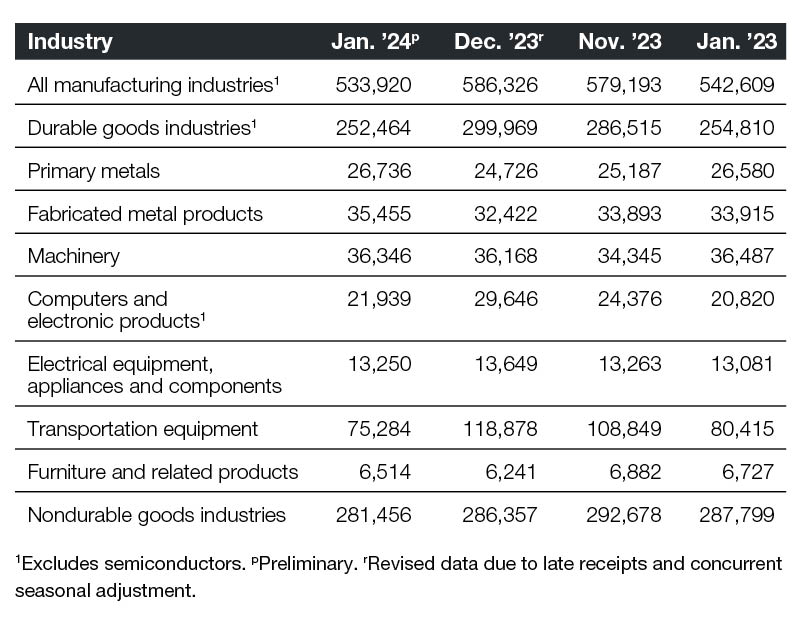CDO Stack: All That You Should Leave Behind
It’s time to give up those outdated tech habits, advises Deloitte expert and CPE columnist John D’Angelo.
I hope what I’m about to say is not news to most of you. Recently I had a conversation with a client that made me realize some system implementation practices from the ‘90s and even earlier live on. Among these obsolete habits are parallel live periods, converting years of detailed historical data to the new system, Jan. 2 go-lives, functional customizations, and bypassing new software releases. Once upon a time each of these was considered a best practice, or at least common practice. But in each case, what was once common is now a bad idea and usually introduces risk.
Parallel live periods are a great example of things we should no longer do. If that’s not a familiar term, it describes the practice of keeping an old system up and running while the new system goes live and is used in tandem with the old one. The idea was that this is the best way to make sure that the new system operates as expected and produces the same outputs or outcomes as its predecessor. The problem is, everybody who uses the system to do their job has to do duplicate work during the parallel period, usually for a month or a quarter. And sometimes people make mistakes and introduce errors.
The good news is that parallel processing was replaced with a far more effective alternative. Several rounds of rigorous testing and validation, along with careful review and sign-off on the result, offers multiple benefits. First, it ensures that a new system works in individual components and from end-to-end. It also serves as a practical training tool. If there are issues with setup, configuration, integration or data conversion, the testing and validation program tends to be much better at identifying and isolating them.
Avoiding a nightmare
As for the others? Converting historical data in detail is a nightmare of validation that requires the mapping of old codes to new codes and is often a huge technical challenge for the new system. Generally, systems “like” to have transactions input so that they can be processed and validated according to system rules. Stuffing that data in the back end is not how the new system wants to intake details.
And, although it seems great to have years of detail for just-in-case reporting, in practice it’s seldom used. The juice simply isn’t worth the squeeze. What’s done instead is keeping the old system around for reporting and research or dumping of historical information into a data mart. If you insist on converting history, focus on summarized information. Month-end account balances, for example, are much easier to convert and validate and tend to take care of most reporting and analytical needs.
At first, going live on Jan. 2 might seem sensible—a fresh start for the new year—but for most businesses, it’s the worst time for the required time-intensive activities. That’s particularly true if the system in question is used for accounting. Instead, pick a month that doesn’t end a quarter, and convert any necessary details from the beginning of the year through go-live. Trust me, it’s far less painful.
Functional customizations are, thankfully, getting harder to do. And less necessary. In their place have come a myriad of configuration options in most systems that, although they add complexity to implementations, also typically allow the new system to be configured to work the way you want it to. What’s more, and I’m sorry to be telling you this, you’re just not that special. If you do have a great idea for a functional enhancement or whole new functionality, get the vendor to make it part of the base product.
Finally, in a SaaS world, getting out of sync with the latest version is also becoming much harder. Think about your banking app—your bank doesn’t ask you if you’d like the new version; that version simply gets pushed to you. This is a good thing. You can’t sit on an old version until it is so old that you basically have to re-implement, in some cases indefinitely extending the life of the system.
John D’Angelo is a managing director with Deloitte and is the firm’s real estate solutions leader, designing solutions to address client challenges and push the industry forward. With over 30 years of experience as a management consultant to the global real estate industry, John has helped some of the biggest names in real estate leverage technology and use data to optimize and transform their operations.
Read the August 2023 issue of CPE.









You must be logged in to post a comment.